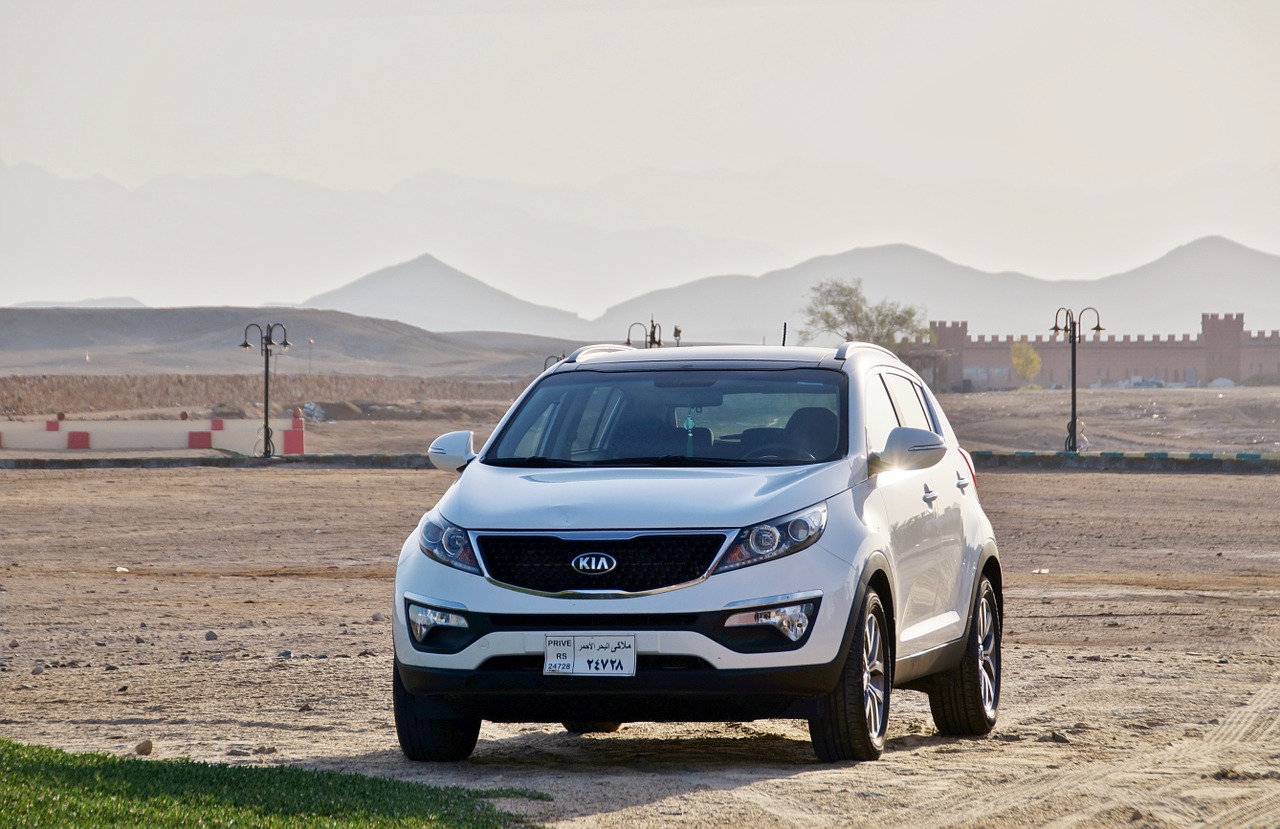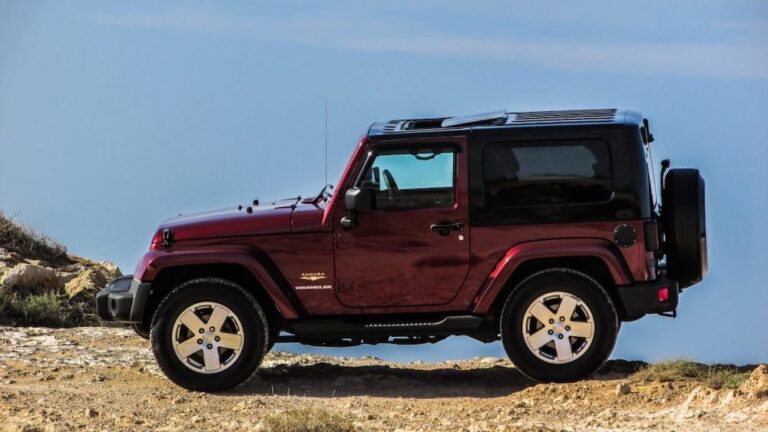Talk to Sales: (401) 200-6026
If a customer asked to learn all about the Kia brand, how many Kia facts would you be able to share?
Kia is one of the fastest-growing automotive brands in the U.S.; drivers are fans of the company’s reliable vehicles and affordable price points. Not all of your customers may know much about the Kia Motor Corporation itself, though. It’s a relatively young company in our country, but there are plenty of Kia facts that potential buyers would love to learn if given the opportunity.
Cue: You, and your impressive brain filled with all sorts of fascinating Kia facts.
Don’t just make your next sale by pointing out all the bells and whistles in a 2017 model—share tidbits about the company’s history and accolades as well to create a buyer that becomes a brand ambassador and repeat customer for years to come.
Kia facts: Get to know the brand you’re selling
1. Kia started on two wheels.
Kia Motor Corporation’s original name was Kyungsung Precision Industry when it was founded in 1944; it was renamed Kia Industries in 1952. The company was initially a diversified manufacturer of bicycles and industrial products.
2. Kia translates quite literally.
The name “Kia” means to “arise or come out of Asia.”
3. Kia wants to surprise you.
Kia’s current slogan, “The Power to Surprise,” represents the company’s global commitment to surprising the world with exciting and inspiring experiences that go beyond expectations.
4. Kia contributes a lot to the global economy.
Globally, Kia has over 50,000 employees and annual revenues of nearly $44 billion.
5. Kia is a company of firsts.
Kia produced Korea’s first bicycle in 1951, and Korea’s first motorcycle in 1961. It is also responsible for building Korea’s first domestically-produced truck, the K-360, in 1962.
6. Kia didn’t always build cars.
Kia manufactured its first passenger car—and Korea’s first domestically produced passenger car— in 1974. The vehicle was called the Brisa. The Brisa range of cars was produced until 1981 when the country’s new military dictator Chun Doo-hwan enforced industry consolidation and halted production.
7. Kia had a short identity crisis.
Kia continued to produce light trucks but got back into the passenger vehicle game in 1986 when it joined forces with Ford. It manufactured many Mazda-derived vehicles—including the Kia Pride (based on the Mazda 121), and the Avella—for both domestic sales in South Korea and for export into other countries. The Kia Pride and Avella were sold in North America, Australia, and Asia as the Ford Festiva and the Ford Aspire.
8. Kia entered the U.S. market with its nameplate in 1993.
At that time, it was already selling cars in about 80 foreign countries and building more than 500,00 cars annually.
9. Kia grew exponentially in 23 years.
In 1993, Kia manufactured its three millionth vehicle. In 2016 alone, Kia produced and sold over three million cars.
10. Kia is part of South Korea’s military.
In Korea, Kia has manufactured military vehicles and military transport equipment since 1976. The division is called Kia Heavy Industry, and Kia Defense produces six vehicles including a utility vehicle, a 2.5-ton cargo truck, and an amphibious tracked vehicle.
11. In 1998, Hyundai and Kia merged to form the Hyundai-Kia Automotive Group.
Hyundai Motor Company acquired 51% of Kia, outbidding Ford. Currently, Hyundai Motor Company owns about one-third of Kia Motor Corporation and while it’s Kia’s largest stakeholder, Kia Motor Company retains ownership in about 22 different Hyundai Motor Company subsidiaries.
12. Kia is one of the most valuable brands in the world.
Kia has experienced significant growth in the strength of its brand in recent years – the result of design-led product development and company-wide efforts to cultivate a more emotional attachment to Kia and its cars. According to the Interbrand’s 2016 “100 Best Global Brands” study, Kia is now the 69th most valuable brand in the world.
13. In 2016, Kia Motors opened its new production facility in Pesquería, Mexico.
That move represents a $1 billion investment by the company. The new manufacturing plant has an annual production capacity of up to 300,000 cars per year, taking Kia’s global manufacturing capacity to around 3.5 million vehicles.
14. Kia can build a car in less than one minute.
The high-tech Mexico production facility is capable of producing one car every 53 seconds, with 420 robots serving to automate a number of processes in the press, body and paint shops, as well as on the assembly line. By the end of 2017, the number of workers employed at the Pesquería facility will have risen to 3,000, with an additional 7,000 jobs created by supplier firms.
Sell other makes and models as well at your used car dealership? After you commit these Kia facts to memory, read up on other brands to increase your sales arsenal: Honda, Ford, Toyota, Jeep, BMW, Tesla, Nissan, Subaru, Volkswagen, Dodge, Hyundai, and Mazda.
Interested in an Affordable, Full-Featured Auto Dealer CRM?
Schedule an AutoRaptor Demo Now!






